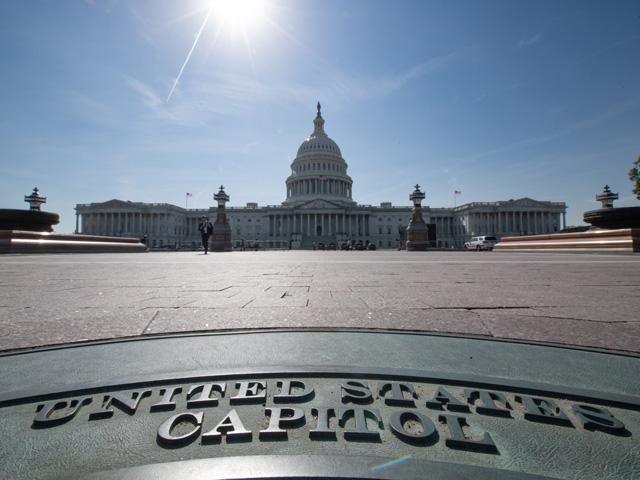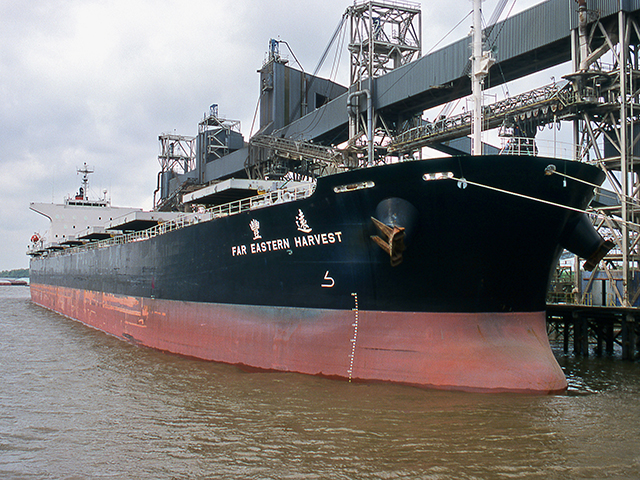Inside the Market
The Pros and Cons of 2021 Corn Prices
Two major market factors that will carry into 2021 are COVID-19 and China's unquenchable appetite for feed grains and oilseeds -- one bearish and one bullish. For corn prices, it's difficult to say which influence will win out, but my early guess is that producers will have more good-selling opportunities in 2021.
As we say goodbye to 2020, it's too bad we can't also say goodbye to COVID-19. According to Johns Hopkins University, more than 1.8 million people around the world died from the disease in 2020, on track to be the year's seventh leading cause of death.
As painful and intrusive as the pandemic has been, in sheer terms of world food demand, there are still going to be roughly 80 million more people on this planet than a year ago, according to population data at worldometers.info. Driving activity will likely stay suppressed and weigh on ethanol demand, but in terms of food demand, there are 7.84 billion people at the start of 2021, 1.44 billion of which are in China.
CHINA'S MYSTERIES
Speaking of China, as the second half of 2020 progressed, it became painfully clear that no one outside of the country, including USDA, has any idea of how much grain is in China. USDA's official estimate says China will have 7.54 billion bushels of surplus corn in 2020-21, but the evidence says otherwise.
P[L1] D[0x0] M[300x250] OOP[F] ADUNIT[] T[]
For several years, it didn't matter if China had a big corn surplus or not because China didn't import or export much corn, and it had little effect on corn prices.
In the second half of 2020, however, the world's largest feed demand user of corn and soybeans started importing much more corn and soybeans than anyone expected, and it got away with large quantities before the world knew what was happening. Already in 2020-21, China has bought 456 million bushels of U.S. corn and possibly more, disguised as unknown.
Looking at May corn futures on China's Dalian exchange, prices are at their highest in years, the equivalent of $10.85 a bushel. Clearly, feed grain supplies have become in short supply in China, and it is difficult to know how dire the situation is. Increased demand from China is likely to remain a bullish factor for corn prices in early 2021.
WEATHER CONCERNS
Weather is another bullish concern for corn prices as La Niña conditions reduced the flow of precipitation to Argentina in late 2020, and we may see more of the same in early 2021. Also, Brazil's second corn crop is on track for a later planting date and may be vulnerable to drier weather conditions in 2021.
Considering how 2020 began, spot corn prices turned in a remarkable performance, gaining nearly a dollar a bushel in 2020 and finishing the year at $4.84. I can't say how 2021 will end, but with China actively seeking corn and weather risks in play, new-crop prices should have plenty of opportunities above $4.00 -- something we haven't seen much of the past five years.
> Read Todd's blog at about.dtnpf.com/markets.
> You may email Todd at todd.hultman@dtn.com, or call 402-255-8489.
[PF_0221]
(c) Copyright 2021 DTN, LLC. All rights reserved.




